Engage your students with a fun, whole-class game when learning about arrays.
How Can I Use an Array to Model Multiplication?
Using an array to model multiplication is a visual way to represent the concept of equal groups and the relationship between factors and products. If you are looking for a step-by-step guide on how to use an array to model multiplication, check this one out!
First, let’s use the example 4 x 3. The first number (4) represents the number of rows. The second number (3) represents the number of columns.
Draw the rows and columns. One way to do this is to draw 4 horizontal lines to represent the 4 rows and 3 vertical lines to represent the 3 columns.
Starting from the top-left corner, draw an object to fill in each row and column.
Count the total number of objects in the array. In this case, it’s 4 rows of 3, so there are 12 objects in total.
Let’s Play! Arrays for 2nd Grade and 3rd Grade
If you are looking for a fun activity that will get your students up and moving while learning at the same time, you have come to the right place! Teach Starter has created an engaging bean bag toss game for your 2nd and 3rd grade students as they are learning how to represent multiplication facts as arrays.
To play this game, simply print out the array cards and multiplication cards. Consider printing them on cardstock and laminating them for durability.
When your students are ready to play:
- Arrange the array cards on the floor in front of the group. As the beanbag is going to be tossed to land on these cards, the cards will need to be placed a manageable distance away.
- Place the number sentence cards in a pile upside down on the floor.
- The first “thrower” turns over a number sentence card. They scan the array cards to find the one that matches the number sentence. Once they’ve found the matching card, they attempt to toss the beanbag so that it lands on the array card.
- If the thrower is successful, they keep both the array card and the number sentence card. If not, the array card remains where it is, and the number sentence card is placed at the bottom of the pile.
- Play then moves to the next “thrower.”
How to Get Your Array Classroom Game
When you are ready to download this multiplication game, head on over to the green download button! Here will find the quick-print PDF file.
Additional Array Resources For Your Classroom!
If you are looking to stock up your teaching toolkit with more multiplication activities, check out some of our suggested favorites below!
[resource:5026053] [resource:4477918] [resource:4649086]
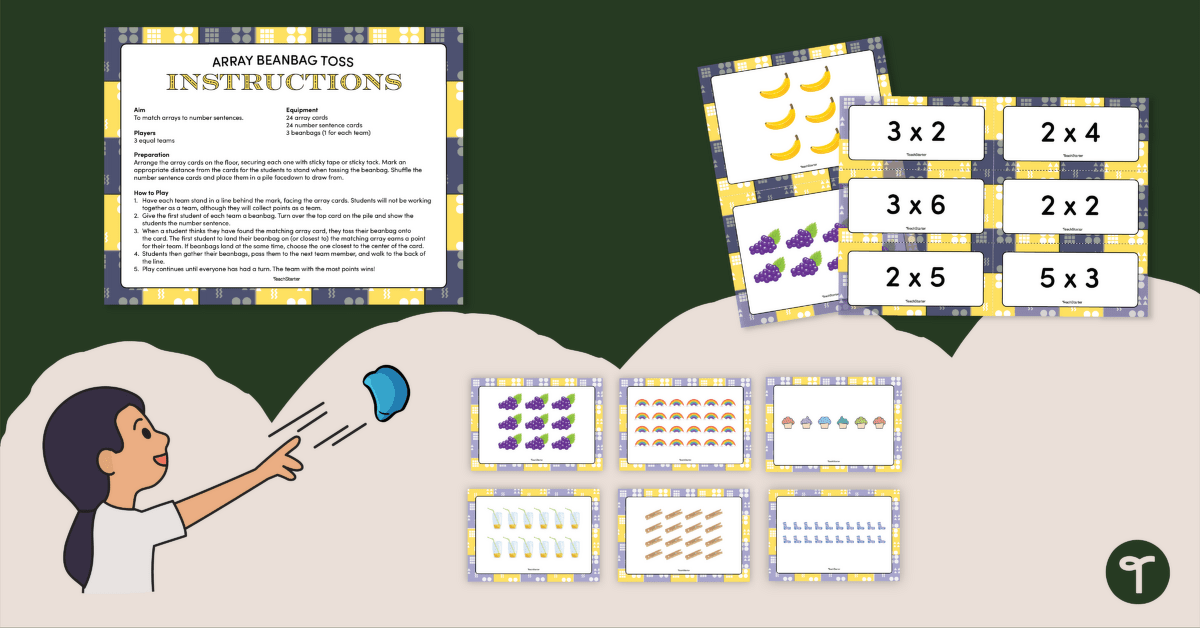

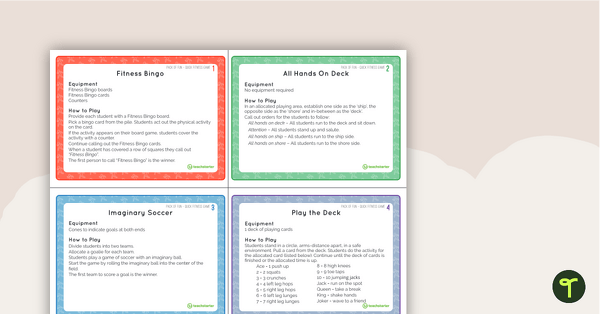
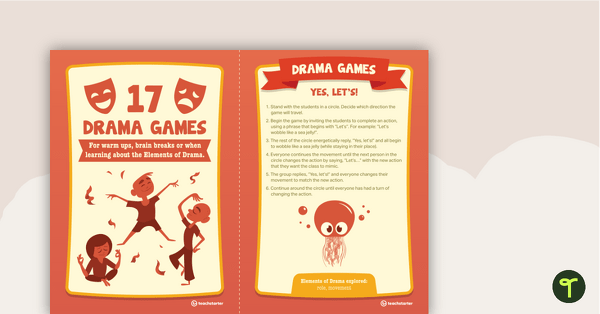
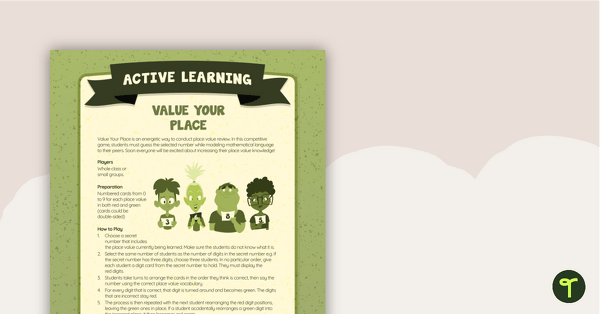
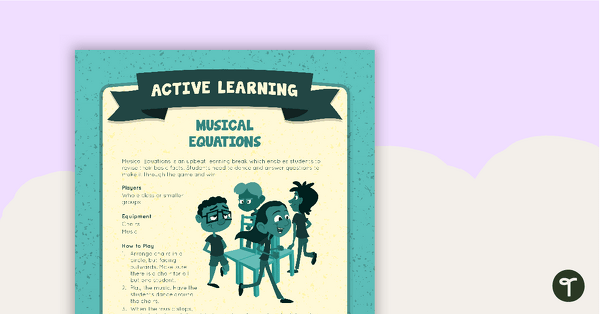
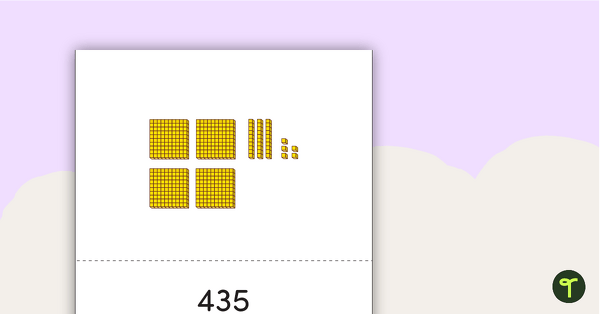

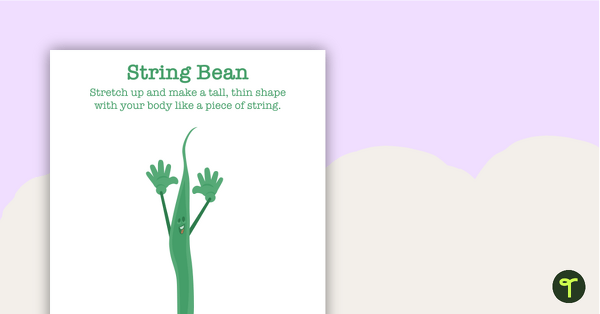
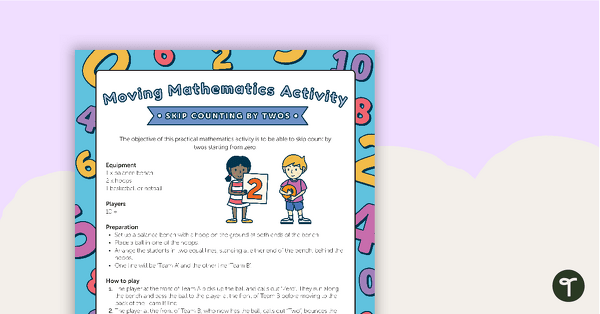
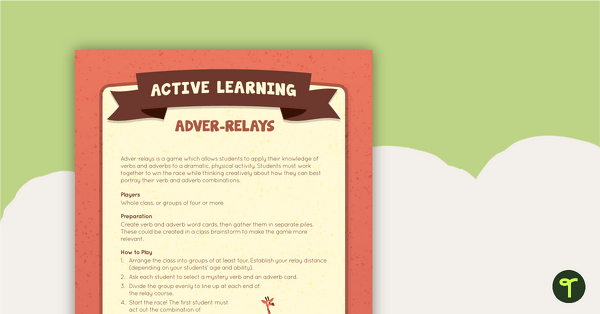
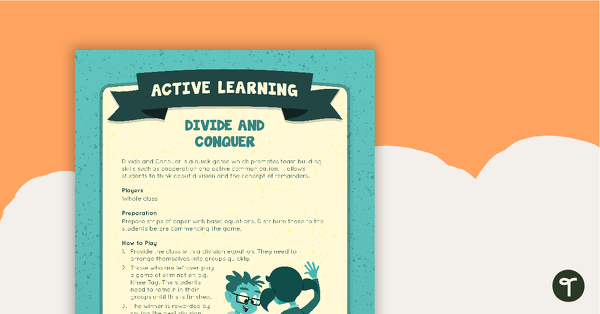
0 Comments
Write a review to help other teachers and parents like yourself. If you'd like to request a change to this resource, or report an error, select the corresponding tab above.